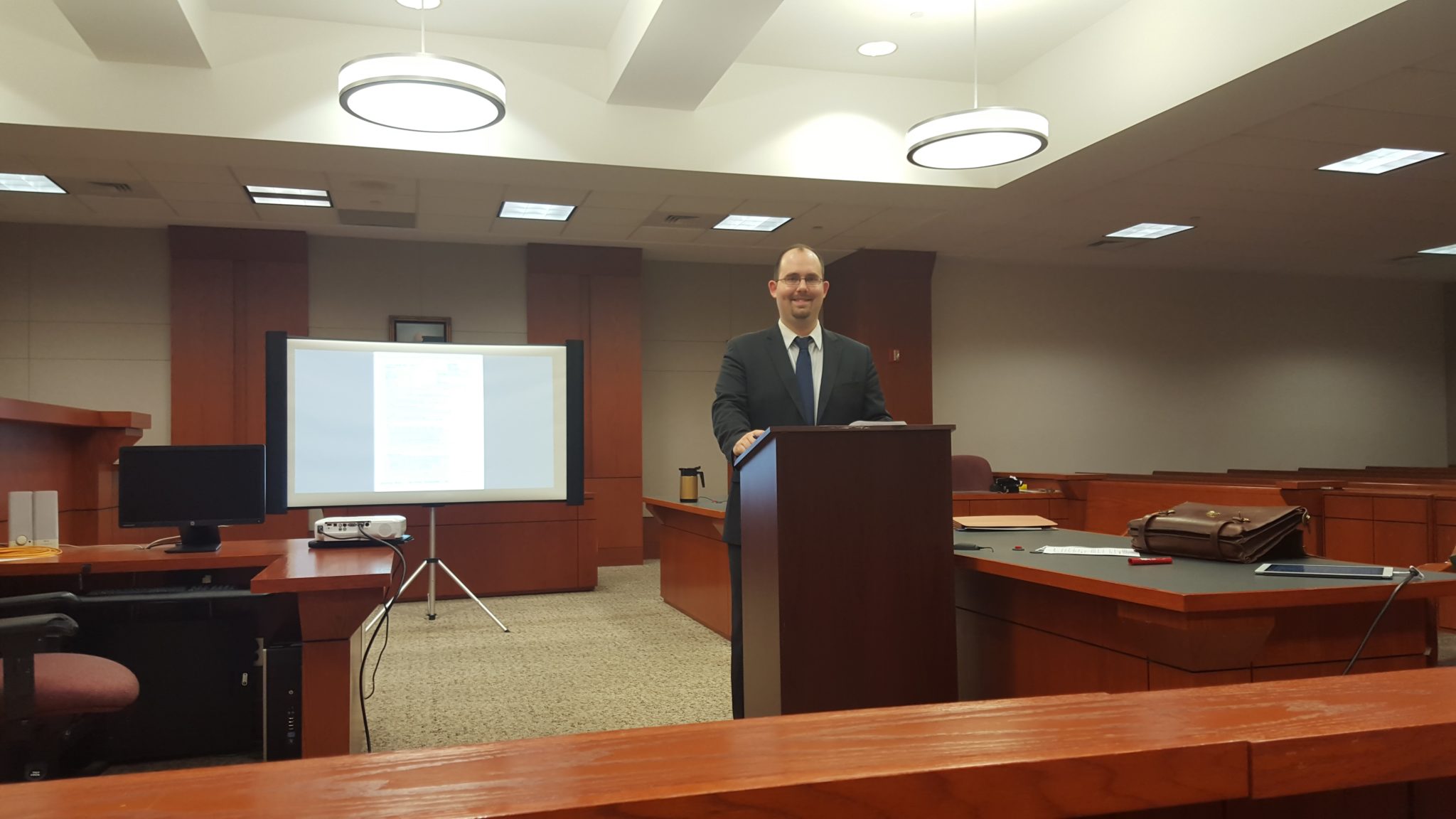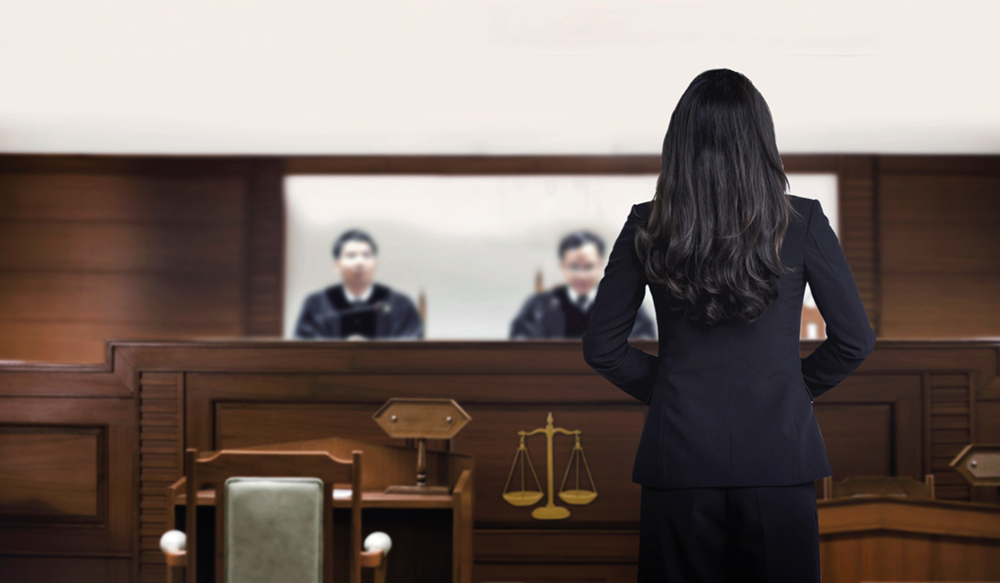How to Enhance Your Instance with Engaging Trial Presentations: Professional Tips for Lawyers
How to Enhance Your Instance with Engaging Trial Presentations: Professional Tips for Lawyers
Blog Article
Exactly How to Produce Engaging Trial Presentations That Sway Juries and Judges
Crafting engaging test presentations that mesmerize juries and judges is a nuanced art that needs a calculated method. From the mindful factor to consider of the target market's assumptions to the smooth assimilation of narration methods, each element plays a crucial function in shaping the outcome of a legal instance - Trial Presentations. By employing ingenious visual tools, integrating interactive aspects, and committing time to strenuous method and wedding rehearsal, lawyers can considerably improve the impact of their court room discussions. The capability to convince and involve with well-crafted presentations is an ability that can make all the distinction in gaining a jury or court, inevitably tipping the scales of justice in one's favor.
Comprehending Your Audience
To properly engage your target market throughout test discussions, it is critical to comprehend their preferences, assumptions, and level of competence in the topic. By tailoring your discussion to fulfill the certain demands of the target market, you can boost their understanding and retention of the details presented.
Begin by looking into the demographics of the target market, such as age, education degree, and profession. This info can assist you gauge their familiarity with legal procedures and adjust your presentation style appropriately. For instance, a jury might call for simpler language and more aesthetic help compared to a team of lawyers.
Moreover, consider the emotional and mental aspects of your target market. Are they sympathetic towards particular arguments or even more inclined in the direction of realities and proof? Understanding these nuances can help you mount your presentation in a manner that resonates with the audience on a much deeper level.
Narration Methods
Comprehending your audience's choices and assumptions can considerably affect the efficiency of your trial presentations, particularly when carrying out storytelling techniques to encourage and captivate. Narration is an effective tool that can aid attorneys attach with judges and courts on a more emotional level, making intricate lawful arguments more memorable and relatable.

Integrating dazzling details, personal narratives, and ornate devices can further improve the narration experience, keeping the audience invested and involved in the outcome of the case. By crafting a persuasive story that reverberates with the values and emotions of the jury and courts, legal representatives can raise the possibilities of winning their debates and achieving positive judgments.
Aesthetic Presentation Devices
Making use of visual presentation tools can substantially enhance the influence and effectiveness of trial discussions by providing an aesthetically engaging way to communicate complicated information to discretionary. Aesthetic aids such as charts, computer animations, graphs, and representations can help streamline complex details, making them extra available and reasonable to the target market. By including aesthetic aspects into trial presentations, legal representatives can develop an engaging narrative that resonates with jurors and leaves a long-term impression.

Integrating Interactive Components
Integrating interactive components into test presentations can improve audience involvement and understanding, fostering a more interactive and immersive court room experience. By incorporating elements such as interactive timelines, 3D computer animations, clickable exhibitions, and virtual reality reconstructions, attorneys can mesmerize jurors and judges, making intricate info much more available and remarkable.
Interactive timelines permit a vibrant screen of chronological events, assisting the target market realize the series of visit the website essential incidents in an instance. 3D computer animations can bring criminal offense scenes or crash restorations to life, providing a comprehensive graph that aids in clarifying elaborate details. Clickable exhibits make it possible for users to interact with evidence, files, or photos, allowing for a hands-on expedition of crucial details.
In addition, online reality reconstructions can deliver the audience into the heart of the action, providing an engaging viewpoint that conventional discussions might lack. These interactive aspects not just engage the viewers however additionally equip them to actively join the trial process, bring about an extra impactful and influential court room presentation.
Practice and Wedding Rehearsal
To properly utilize the capacity of interactive elements in trial discussions, detailed practice and rehearsal are vital to make certain seamless assimilation and distribution in the courtroom setting. Technique and wedding rehearsal aid test presenters become knowledgeable about the web content, timing, and flow of their discussions, enabling them to with confidence browse with various elements such as video clips, animations, or interactive graphics. By practicing their delivery, speakers can refine their talking abilities, body movement, and general discussion style to improve persuasion and reputation before the court and judge.
During session, speakers can recognize any type of technological concerns that may arise with interactive elements, making certain that everything runs efficiently throughout the actual test. Furthermore, practicing in front of a simulated audience or associates can offer valuable responses on the effectiveness of the interactive parts and the general presentation. This responses allows presenters to make required adjustments and enhancements before entering the court room, inevitably raising the impact and success of their test presentations.
Conclusion
In conclusion, creating engaging test click resources discussions that mesmerize courts and judges calls for a deep understanding of the audience, efficient narration why not look here techniques, aesthetic devices, interactive elements, and detailed method (Trial Presentations). By implementing these strategies, lawyers can efficiently communicate their debates and proof in a compelling fashion that reverberates with the decision-makers in the court
Making use of aesthetic discussion tools can substantially improve the impact and performance of test discussions by providing an aesthetically engaging way to convey complex info to courts and courts. By including aesthetic aspects into test discussions, attorneys can create an engaging story that reverberates with jurors and leaves an enduring perception.
One popular aesthetic discussion device is the usage of multimedia presentations, which allow for the integration of video clips, photos, and audio recordings to supplement verbal arguments. Trial Presentations.To effectively leverage the potential of interactive components in trial presentations, extensive technique and wedding rehearsal are necessary to guarantee smooth combination and distribution in the court room setup. Method and rehearsal aid test speakers become acquainted with the web content, timing, and circulation of their presentations, permitting them to with confidence browse through different elements such as videos, computer animations, or interactive graphics
Report this page